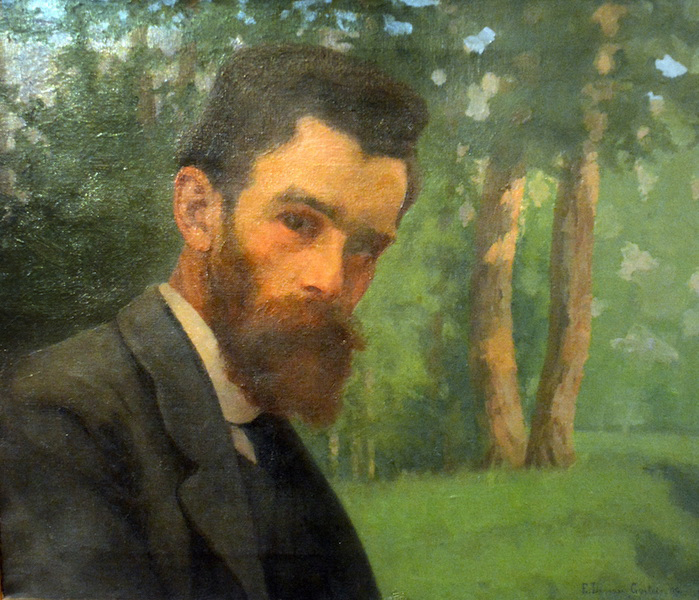ABSTRACT
During 1938-1939, a large number of conversions of Jews to Catholicism took place in Trieste. It was not only Triestine Jews who converted, but also many foreign Jewish refugees, Austrian, German and Hungarian above all, in transit through the Adriatic port on their way to the Americas. The research has been carried on the basis of the documentation conserved at the Archiepiscopal Curia of Trieste, and has made it possible to analyze many individual paths, thus enabling the reconstruction of the personal motivations for conversion; the reactions of the Jewish community and those of the local Church. The essay also examines conversions in mixed marriages, also paying attention to gender roles in conversion paths. Special attention is paid to the mechanisms of the catechumenate and the correspondence between parish priests and the Curia, in order to understand the attitude of the city priests towards the racial laws.
Author: Tullia Catalan
ABSTRACT
This article stems from a key question: was Habsburg Trieste truly a cosmopolitan and tolerant city? Building upon the interpretative category of “port Jews”, established by David Sorkin and Lois C. Dubin, this study examines the social, economic and political behaviour of the Triestine Jews in the nineteenth- and early twentieth-centuries, and conducts a comparison with the other religious minorities present in the Adriatic port during this period: Greeks, Protestants, Serbians and Armenians. The picture which emerges allows for the proposition of a new interpretative model, that of the “port-merchant.” The second part of the article focuses on the second half of the nineteenth-century, when the model of Trieste as a tolerant city was challenged by the nationalist fights between Italians and Slovenians, and by the political antisemitism. The city lost its capacity to include the ‘Other’, and was rapidly transformed into a genuine breeding-ground of Italian racism.

